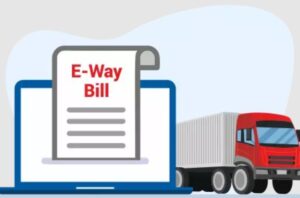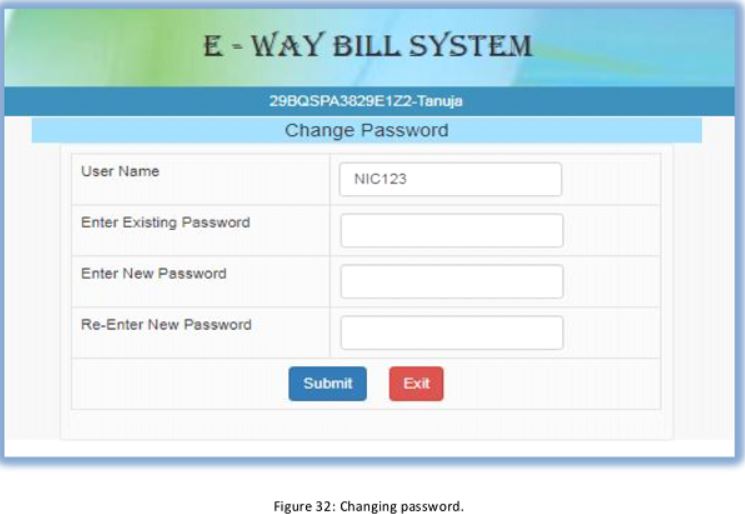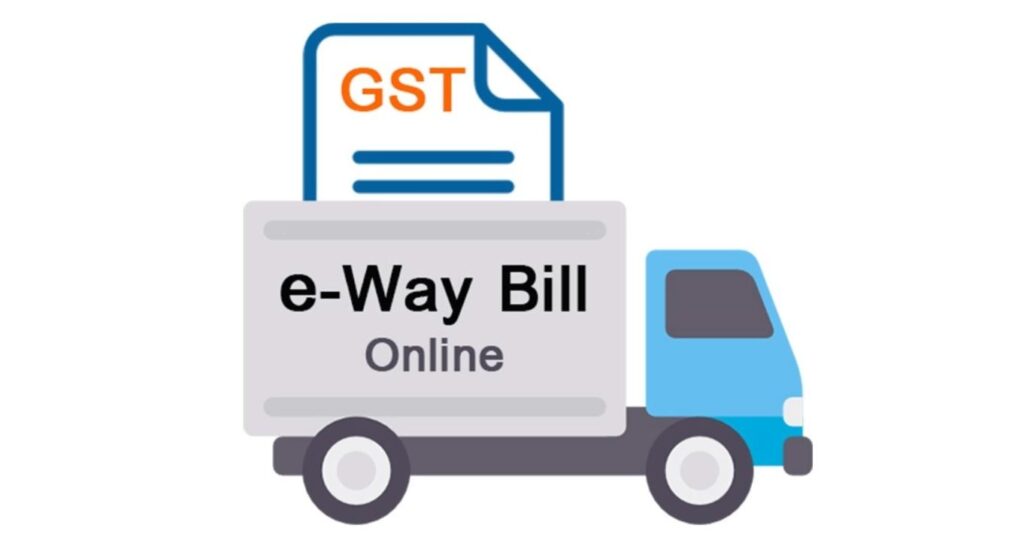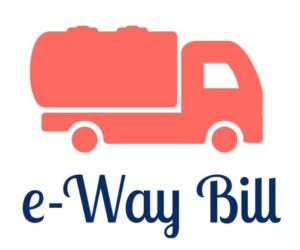E-Way Bill FAQ

1. What is an e-way bill?
In accordance with section 68 of the Goods and Services Tax Act and rule 138 of the rules made thereunder, the government has mandated that the person in charge of the conveyance carrying any consignment of goods having a value above fifty thousand rupees carry an e-way bill. Before a shipment of consignment goods begins to travel, the registered person or carrier causing the movement must create a consignment movement notice in the GST Common Portal.
2. What is the common portal for the generation of an e-way bill?
The common portal for the generation of e-way bills is http://e-waybill.nic.in
3. Why is the e-way bill required?
According to Goods and Services Tax Act section 68, the government may require the driver of a vehicle transporting any consignment of goods having a value exceeding such amount as may be stated to carry with him such documentation and such equipment as may be prescribed. For shipments with a value greater than Rs. 50,000, an e-way bill is required per Rule 138 of the Karnataka Goods and Services Tax Rules, 2017. Rule 138 of the Products and Services Tax Rules, 2017 requires an e-way bill to be carried if a consignment of goods with a value greater than fifty thousand Indian rupees ($1,100) is being transported. Therefore, an e-way bill must be carried, which can be generated at a centralized portal.

4. Who can generate the e-way bill?
E-way bills must be generated by any registered business that moves products with a consignment value of more than 50,000 whether for the purposes of supply, for reasons other than supply, or as an inbound supply from an unregistered business. Therefore, the e-way bill can be created by either the consignor or the consignee, provided that they are a registered person or the transporter of the goods. Even if a carrier hasn’t yet registered with the government, he can still use the centralized site to make electronic way bills (e-way bills) for his customers. Anyone can sign up and create an e-way bill for goods moving for their own purposes.
5. Who can update the vehicle number for the e-way bill?
If the mode of transport is by road, the e-way bill will not be accepted unless the vehicle number has been updated on the common site. Either the e-way bill’s original creator or the transporter assigned to it can change the Vehicle number.
6. What are the prerequisites to generate the e-way bill?
The transporter must be a registered person in order to create an e-way bill, and if they are not, they must register on the common portal of e-waybill (http://gst.kar.nic.in/e-waybill) first. Transportation documentation, including a tax invoice, bill of sale, or delivery challan, and the transporter’s identification, including the transporter document number or the vehicle number.
7. If there is a mistake or wrong entry in the e-way bill, what has to be done?
If there is a mistake, incorrect or wrong entry in the e-way bill, then it cannot be edited or corrected.
8. Whether the e-way bill can be canceled? if yes, under what circumstances?
. Yes. If the products are not shipped, or if they are not shipped using the information provided on the e-way bill, the e-way bill can be canceled. Within 24 hours of its creation, an e-way bill can be canceled without penalty.
9. If the vehicle in which goods are being transported having an e-way bill is changed, then what has to be done?
The e-way bill should always include the vehicle number of the one transporting the items. Due to transshipment or a vehicle breakdown, it may be necessary to modify the vehicle number after the e-way bill has been generated or after the movement of goods has begun. E-way bills can be modified to reflect a new vehicle number if this occurs.

10. Why the transporter needs to enroll in the e-way bill system?
If a transporter who is not registered under the Goods and Services Tax Act is responsible for moving goods on behalf of a customer, that transporter must create an e-way bill or update the vehicle number on the client’s e-way bill. As a result, they have to sign up for the e-way bill site and create a Unique Transporter Id of 15 digits.
11. Can I transport the goods with the e-way bill without vehicle details in it?
It’s not enough to just have a vehicle number to move products; an electronic waybill must also be used. As an exception, the vehicle number is not required if the distance between the consignor’s business location and the transporter’s location is less than ten kilometers inside the State.
12. Whether e-way bill is required for all the goods that are being transported?
Transportation of taxable products valued at more than 50,000 without an e-way bill is illegal, with the exception of 154 items listed in the notification’s annexure.
13. What is a consolidated e-way bill?
One type of e-way bill, known as a “consolidated e-way bill,” collects together all of the individual e-way bills for all of the individual shipments that make up a single vehicle’s load (goods vehicle). That instance, instead of carrying individual e-way bills for each shipment, the transporter must carry a single consolidated e-way bill covering all of the shipments in the vehicle.
14. Who can generate the consolidated e-way bill?
If a carrier is moving many shipments in the same truck, they can create a single consolidated e-way charge.
15. Can the e-way bill be deleted or canceled?
Once an e-way bill has been created, it cannot be removed. However, the generator has the option of canceling it during the first 24 hours. If any authorized officer has already confirmed it, it cannot be revoked. If the products are not transported, or if they are not transported in accordance with the information provided on the e-way bill, the e-way bill can be revoked.
16. Who can reject the e-way bill and Why?
The party responsible for arranging shipment must be the one to create the e-way bill, on which the recipient’s information should be included. The other party can view the e-way bill that was created using his or her GSTIN by logging into the shared portal. One can notify the opposite party of their acceptance or rejection of the shipment by the e-way bill. If he does not respond within 72 hours of the e-way bill being generated, it will be assumed that he accepts the provide.
17. If the goods having an e-way bill have to pass through transshipment and through different vehicles, how it has to be handled?
18. Is there any validity period for the e-way bill?
19. Which types of transactions need the e-way bill?
There are many different scenarios in which an e-way bill would be required, but the most common are those involving the supply chain.
20. Who is required to generate the e-way bill?
21. Can I use the different modes of transportation to carry the goods having the e-way bill? If so, how to update the details?
22. What are the documents that need to be carried along with the goods being transported?
The driver must have a copy of the e-way bill or the e-way bill number generated through the common portal, as well as the tax invoice, bill of supply, or delivery challan, as applicable.
23. How to generate the e-way bill from different registered business places?
24. How can the taxpayer under GST register for the e-way bill system?
26. What are the modes of e-way bill generation, the taxpayer can use?
The registered user can create an e-way bill in a number of different ways: via the Web-based system, by SMS, via the Android app, via site-to-site integration, or via the Global Shipping Program (GSP) ( Goods and Services Tax Suvidha Provider)
27. How can the taxpayer use the SMS facility to generate the e-way bill?
The taxpayer must first register his mobile phone numbers with the e-way bill system before he may create an e-way bill.
28. How can the taxpayer use the Android App to generate the e-way bill?
The e-way bill system requires the taxpayer to register the EMEI numbers of the mobile
he will use to generate the e-way bill.
29. How can the taxpayer integrate his/her system with the e-way bill system to generate the e-way bills from his/her system?













